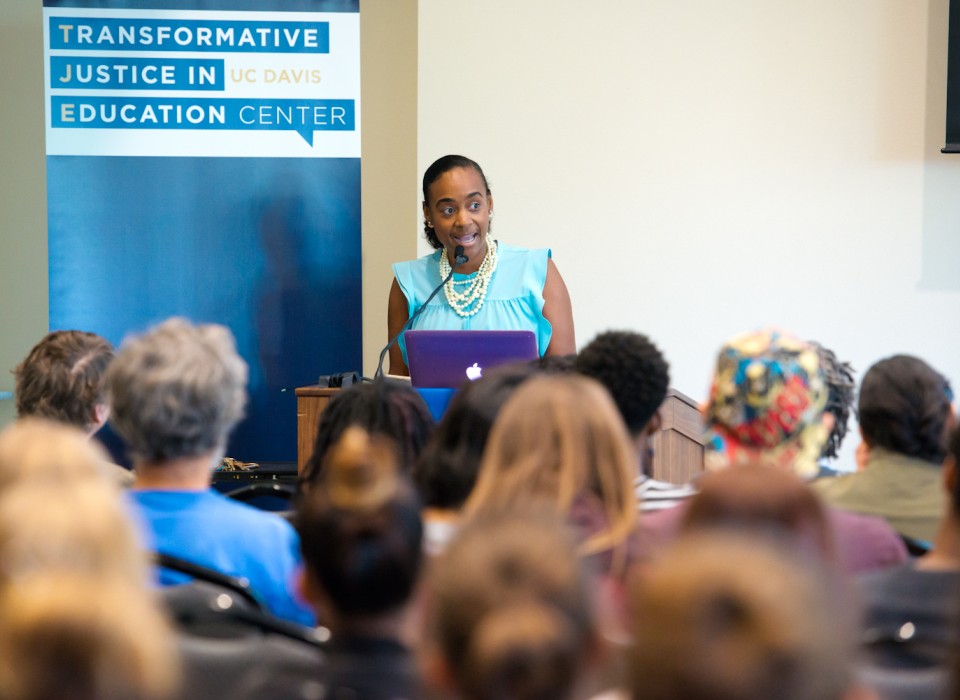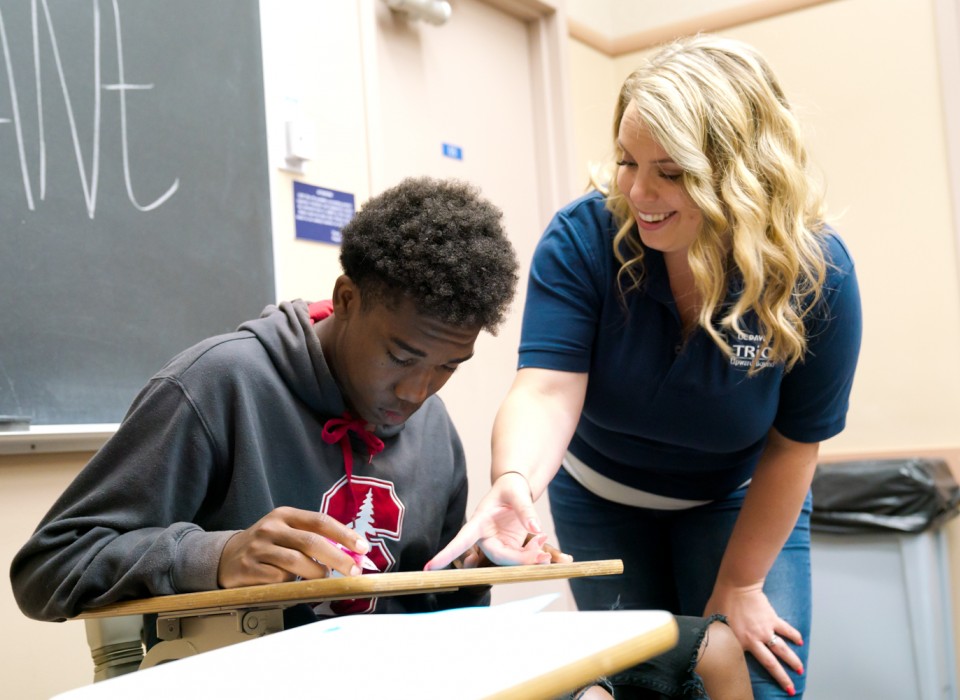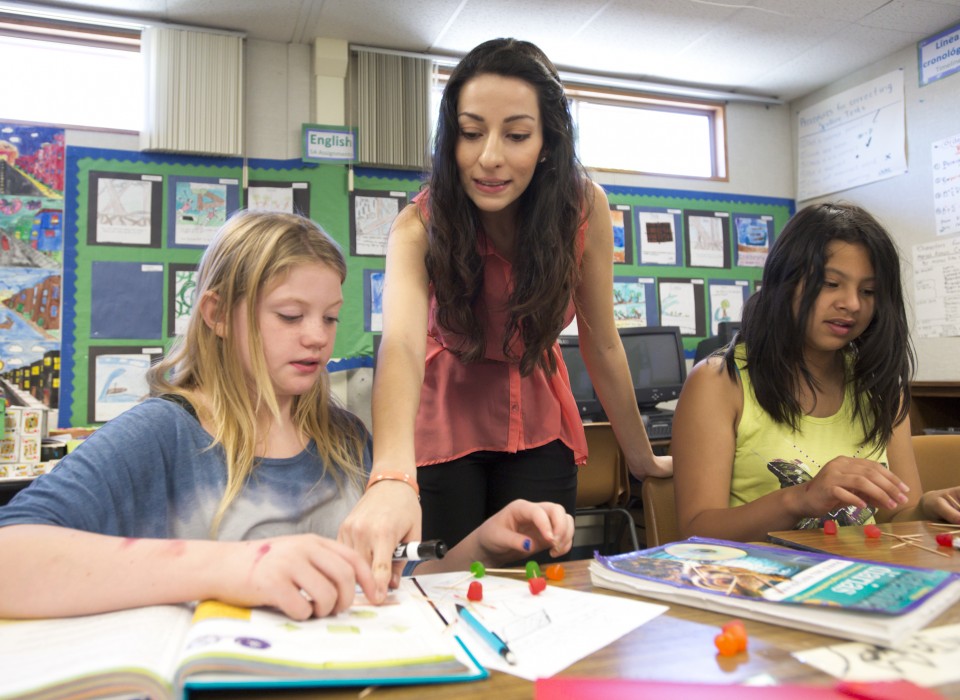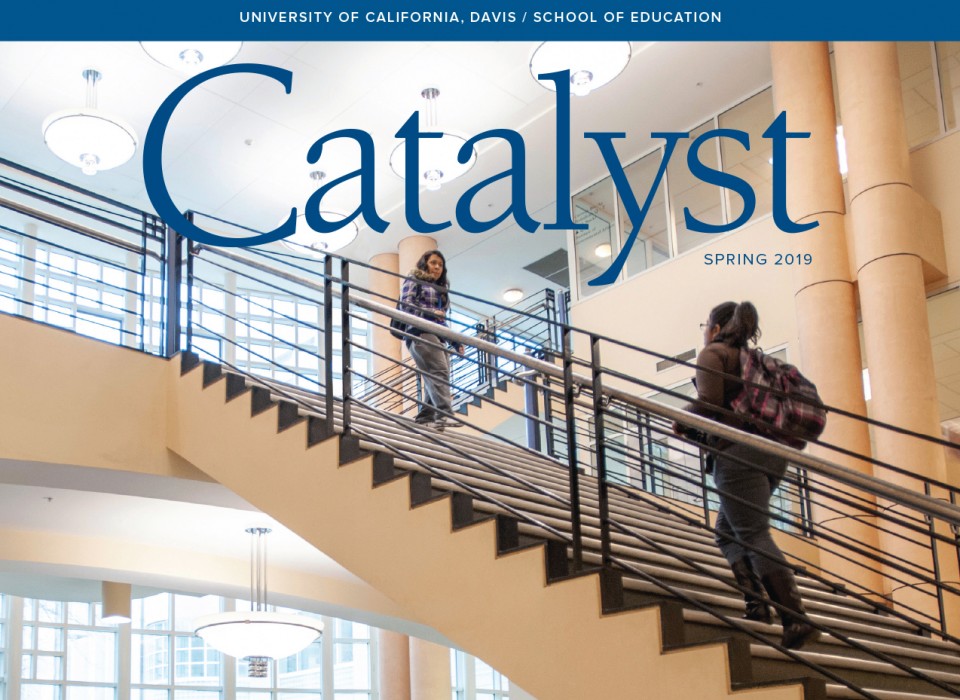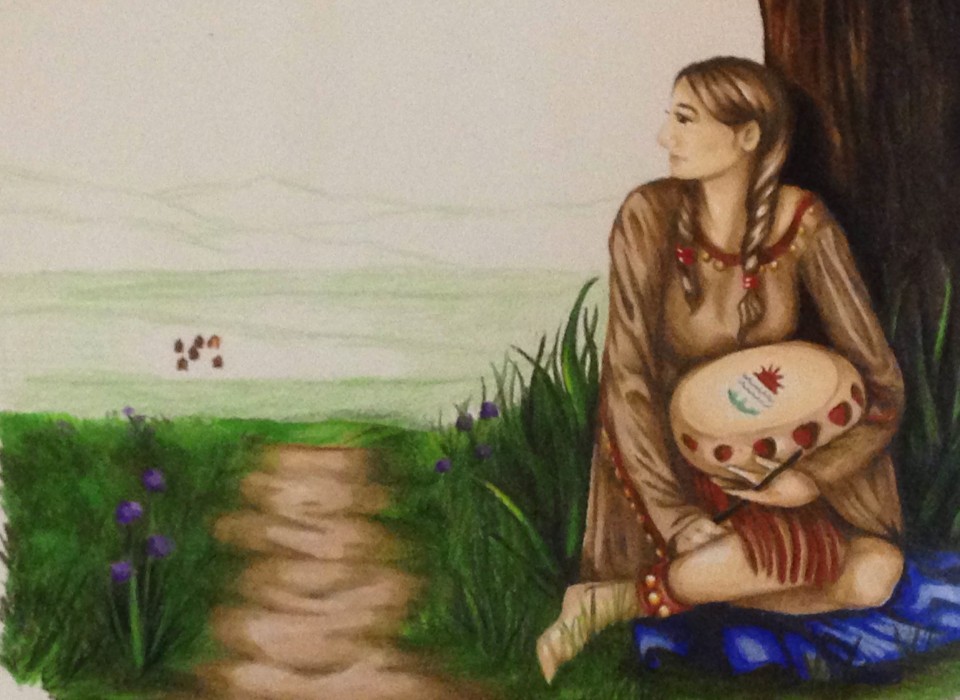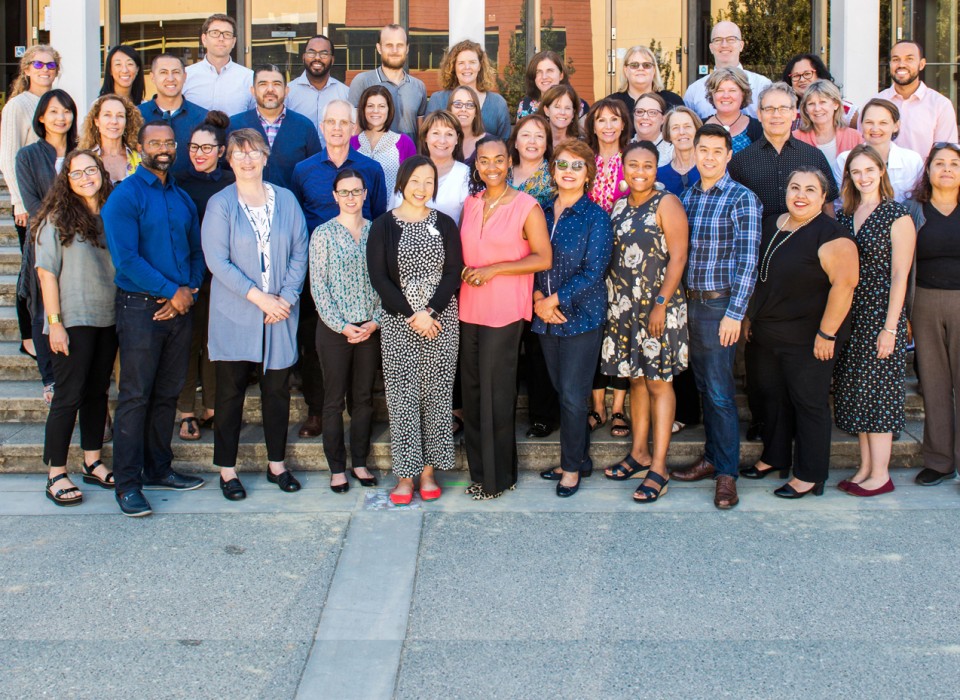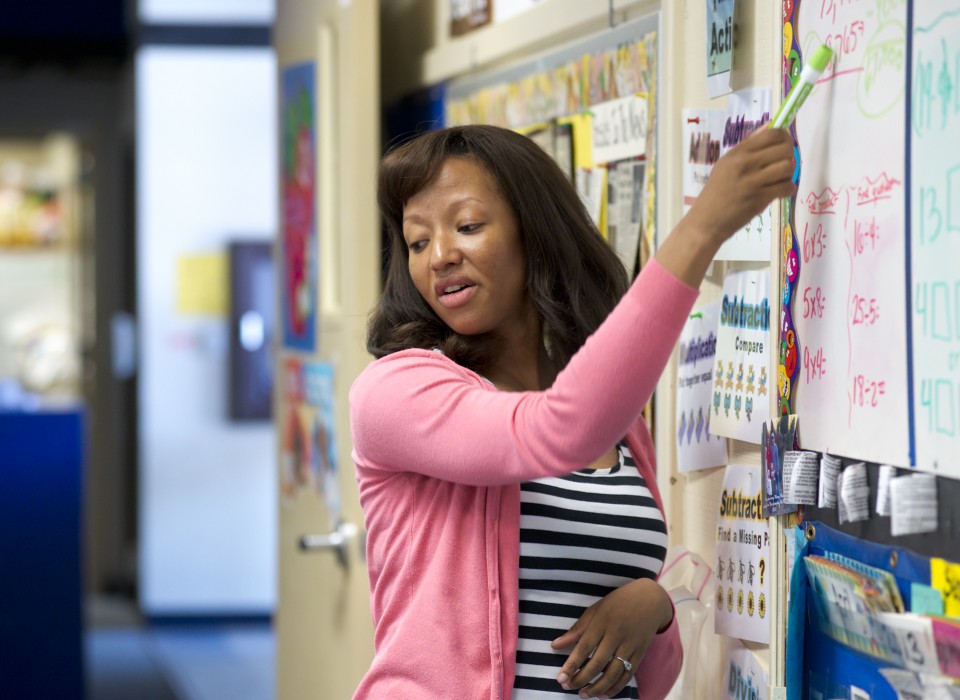Youth Engage in Complex Social-Ecological Systems
YOUTH ENGAGING WITH COMPLEX SOCIAL-ECOLOGICAL SYSTEMS
![]() Instead of
studying nature alone on a pedestal, treating humans,
plants, and animals as one social-ecological
system (SES) can be valuable for meaningful learning about
environmental stewardship and science. Our research shows that
using YCCS as a way to engage young people in thinking about
complex interactions between human and nature can promote
sophisticated reasoning, access to student’s funds of knowledge,
and connection to place. In the case studies below, read more
about how educators encourage young people to grapple with the
world around them.
Instead of
studying nature alone on a pedestal, treating humans,
plants, and animals as one social-ecological
system (SES) can be valuable for meaningful learning about
environmental stewardship and science. Our research shows that
using YCCS as a way to engage young people in thinking about
complex interactions between human and nature can promote
sophisticated reasoning, access to student’s funds of knowledge,
and connection to place. In the case studies below, read more
about how educators encourage young people to grapple with the
world around them.
TIPS FOR IMPLEMENTING
1. Environmental science questions can be studied in urban areas.
Many projects bring students face to face with the ways in which animal and plant life are intertwined with human activity. Prepare a strategy for facilitating discussion of tough issues like homelessness and dumping. Create a shortlist of ideas for taking action (rather than leaving it entirely open-ended), resources for further investigation, or groups that are working on social and environmental issues.
2. Attend to unexpected events.
Whether by natural or human causes, discuss how such events are linked to other parts of the system.
3. Listen for and draw out students’ existing knowledge of a place.
Start with simple questions:
- Who comes to the place?
- Where does the water (or air, or trash) come from?
- Where do they go?
4. Research the history of places you will investigate,especially where human activity is less obvious.
What might the landscape have looked like 100 years ago? What plants and animals would have been there? What signs of past human use are still visible? What policies or agencies influence the site? Students can create a web or chain to visualize these connections, or search for maps that show land-use change over time.
5. Talk with people who impact, or are impacted by, the place you are studying.
These might include local government, neighbors, conservation professionals or volunteers, or local schools. Present findings to them, invite students to interview neighbors, or survey community members about their impressions of the place, or what kinds of activities they do there.
6. Encourage students to “tune in” their senses when outside.
Human senses are still some of the most powerful instruments for the collection of scientific data. How does what students know and sense about a place add to, or contrast with, other sources of data?

